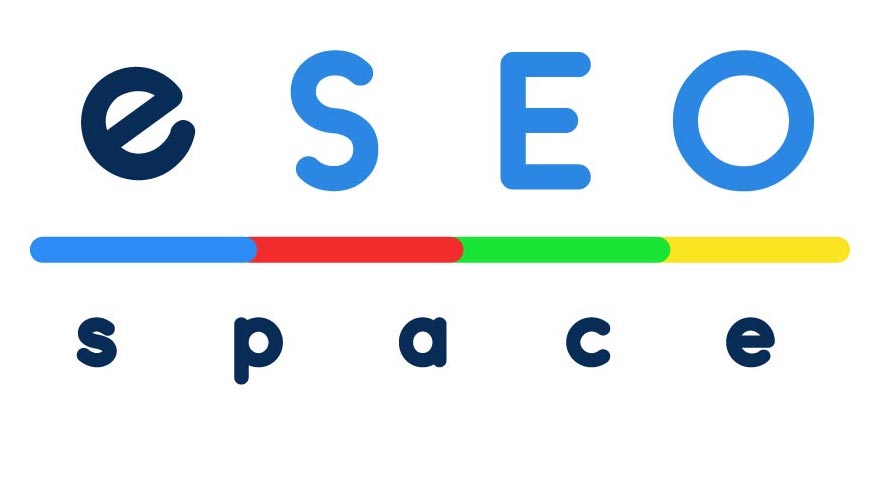Turning Searches into Sales: The Impact of SEO in Real Estate Investing
In the real estate industry, success frequently hinges on standing out in a crowded field of competitors. While factors like the property location, its value, and market research are still crucial, another factor that can either help or hinder your real estate endeavors is search engine optimization (SEO).
SEO plays a huge factor when finding motivated sellers, especially since high-quality leads are essential for the success of real estate investors.
Search engine optimization is getting your website to appear on search engine results pages (SERPs) when people look for what you have to offer. It is one of the most effective ways for people to discover you online. Without SEO, it’s hard to imagine for your real estate website to achieve increased visibility online.
But what is its relevance to real estate investing? This article will discuss the impact of SEO in real estate investing and how you can turn searches into sales.
The Importance of SEO in Real Estate Investing
Investing in SEO for real estate agents should be vital as it improves user experience, establishes authority, increases website visibility, generates targeted traffic, provides cost-effective marketing, and produces long-term benefits. Agents may enhance their internet presence, draw in potential clients, and maintain their competitiveness in the real estate market by practicing and applying effective SEO strategies.
Strategies to Do SEO for Real Estate Investors
Research Your Keywords
One of SEO’s most crucial components is keyword research. When people look for real estate investors, you need to know what they are searching for. List terms and phrases that best define your services to begin. To identify relevant keywords you may not have considered, use tools like Google’s Keyword Planner and check how frequently people search these terms.
Optimize Your Website
Your website serves as the foundation of your online presence. To optimize your website, start by incorporating your goal keywords in your page titles, URLs, and meta descriptions. Next, ensure your website loads quickly and is optimized for mobile devices. You can also use header tags (H1, H2, and H3) to structure your content and include alt texts to images to ensure proper indexing by search engines.
Build Quality Backlinks
Backlinks, or links redirecting to your website from other websites, significantly influence search engine rankings. However, not every backlink is equal. Focus on constructing trustworthy backlinks from reliable sources in your industry or regional company directories. Buying or exchanging links is not a good idea because it can lower your rankings.
Utilize Local SEO
Local SEO is a powerful tool for real estate investors to target local markets. Visibility in local search results can be significantly increased by adding location-specific keywords to website content and property listings, setting up Google My Business accounts, and collecting favorable online testimonials from nearby customers. Investors can effectively engage with potential purchasers in their target markets by focusing on local SEO.
Leverage Social Media
Social media can be the best tool for improving your SEO. You can increase website traffic and visibility by sharing your material on social media. Optimize your social media profiles with your target keywords and engage with your followers to improve your online reputation.
Use Video Marketing
The real estate business has seen a rise in the popularity of video marketing. Real estate investors must produce interesting property tours, neighborhood highlights, and instructional films to attract potential purchasers and help them get the information they need before investing in real estate. Investors may improve their video SEO and increase online visibility by optimizing their material with pertinent keywords, transcripts, and catchy titles.
Improve Your Content Marketing
Content marketing can help real estate investors to build their credibility, draw organic traffic, and generate leads. Investors may engage their target audience and raise their search engine results by regularly producing high-quality blog entries, how-to guides, and educational pieces. Including pertinent keywords and offering insightful commentary can help investors establish credibility and draw in potential customers.
Monitor Your Results
Finally, it’s critical to monitor your SEO results so you can adapt as necessary. Track the traffic to your website using tools like Google Analytics to determine which keywords are bringing in the most users. Check your search engine rankings frequently to determine if you are rising or falling in the ranks. And if you’re not receiving your desired outcomes, don’t hesitate to adjust your strategy.
Final Thoughts
In today’s digital age, real estate owners cannot afford to ignore SEO. The strategies above aren’t just tips. They are practical methods to increase your internet visibility and return on investment.
If you don’t have a strong internet presence, you can miss out on many property searches that begin online. That’s why using the proper real estate SEO strategies is crucial to ranking for relevant search terms.
Optimize your website with all necessary on-page SEO elements, including page loading time and mobile compatibility. On the other hand, getting your off-page real estate SEO correctly by obtaining high-quality backlinks and brand mentions is equally crucial.
By mastering real estate SEO, you are positioning yourself as an authority in the cutthroat world of real estate investing.
Ready to advance your real estate SEO strategies? Look no further than eSEO Space. With our SEO services, we help increase your visibility rankings by assessing your website and developing strategies that will yield successful results.











